Table of Contents
ToggleIn-Vitro Fertilization is a scientific breakthrough that has brought hope into many people’s lives. Whether it’s a couple who could not conceive naturally due to infertility problems, a single woman who wants to be a mother, or a couple who does not want to pass genetic defects to the baby, they are all provided with the gratification of being parents.
However, the success of the IVF process solely depends on another important process called embryo transfer. An embryo transfer is, just as it sounds, a process by which fertilized eggs or developing embryos are transferred to the uterus of a woman undergoing an IVF procedure. It is usually conducted in a hospital. If the embryo successfully implants in the uterus, then the chances of getting pregnant via the IVF procedure are high.
The success rate of first embryo transfer for women younger than 35 is 55%, but as a woman gets older, the success rate decreases. With the proper information and guidance of the best fertility expert, one can increase the chances of successful embryo transfer.
This complete guide from our fertility experts at Aastha Fertility Center is here to ensure you have all the right information you might need for increased chances of pregnancy.
Types of Embryo Transfer
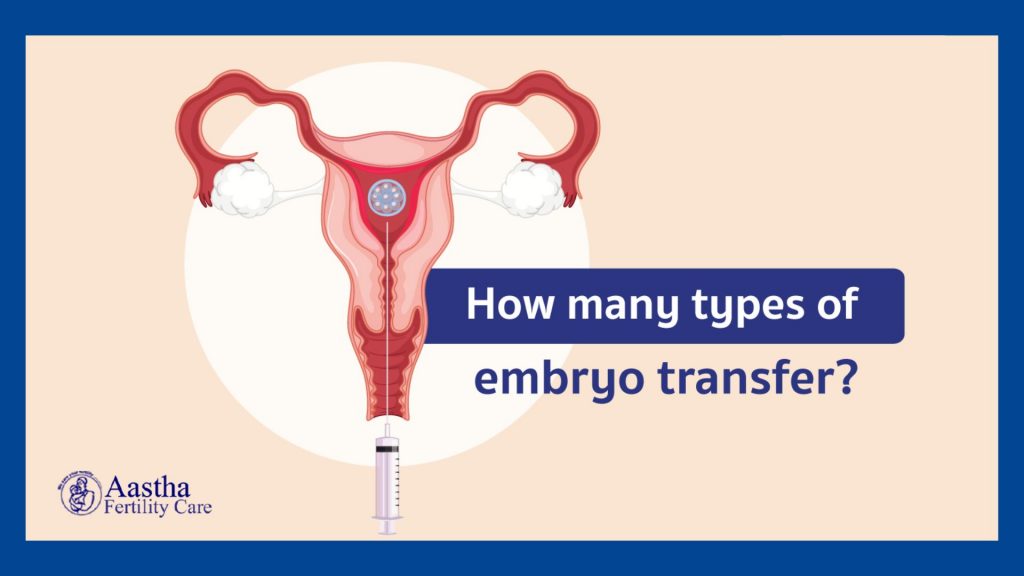
Once fertilization happens, there are different available options doctors may use to carry out an embryo transfer.
1. Elective Single Embryo Transfer (eSET)
Elective single embryo transfer (eSET) is a method in which a single embryo is selected from a larger number availability of embryos and then put in the fallopian tube or uterus. The selected embryo might be from a previous IVF cycle or a fresh one that yielded more than one embryo.
2. Single Or Multiple Embryo Transfer
Single embryo transfer is more cost-effective and potentially safer than multiple embryo transfers since only one embryo is implanted in the uterus. More than one embryo might end up implanting in multiple embryo transfers, which is why multiple births are common in women who use IVF.
3. Frozen Embryo Transfer
A frozen embryo transfer (FET) is a procedure in which a cryopreserved embryo developed in a previous egg retrieval cycle is thawed and further transferred to female’s uterus. The benefits of delayed frozen embryo transfer include reducing pregnancy risks, allowing for genetic screening, and permitting the uterus environment to return to normal after egg retrieval.
4. Transmyometrial Embryo Transfer
In the Transmyometrial embryo transfer method, the embryo is gently injected inside the endometrial cavity approximately 1.5cm from the fundus of the uterus.
5. Blastocyst Embryo Transfer For IVF Treatment
Blastocyst embryo transfer is a type of IVF treatment in which the embryo is transferred to the uterus after the embryo has developed into a blastocyst.
Embryo Transfer Procedure During IVF
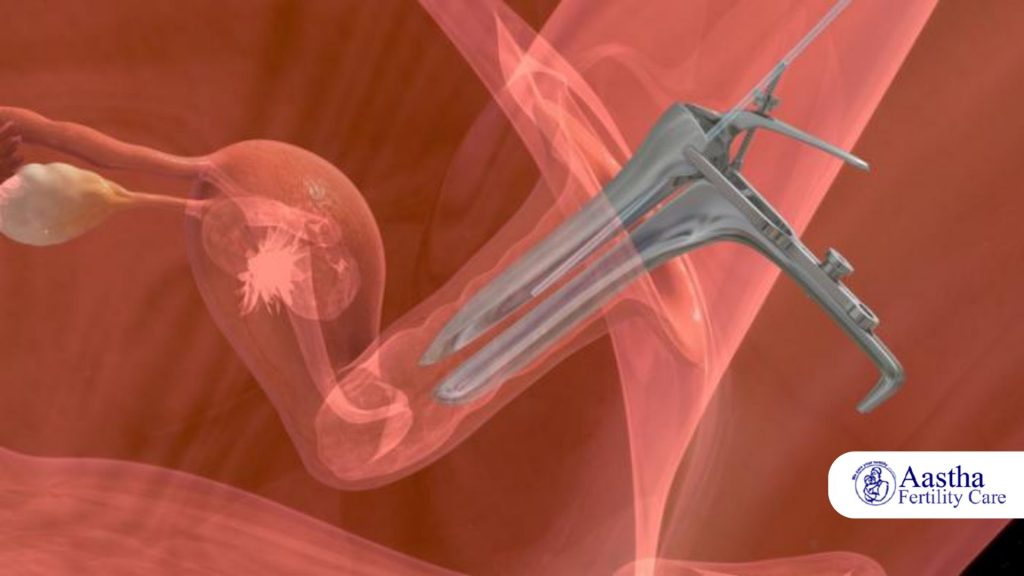
The embryo transfer process is the most critical and final procedure in your IVF treatment. It is very delicate because the entire IVF procedure can be ruined if something goes wrong during this process. The complete IVF procedure is dependent on the delicate drop of the embryos at the ideal location near the middle of the endometrial cavity, at the same time making sure that there is minimal manipulation and trauma.
The uterus and lining have a very fuzzy appearance, this is why ultrasound imaging is used to aid visualization and ensure proper embryo placement during transfer.
Ultra Sound Guided Embryo Transfer Technique
The most efficient technique currently available for embryo transfers is ultrasound-guided embryo transfer. A full bladder is used for transferring the embryos. This is mainly for two important reasons.
It permits good ultrasound visualization of the catheter, which helps the smooth and proper embryo transfer to the best location. It also unfolds the uterus from its ‘‘tipped up’’ position to a more accommodating angle, which makes the process smoother and less traumatic for both the uterine lining and the embryos.
When the tip of the catheter reaches the ideal location, the specialist physician can transfer the embryos.
Proper Location For Placement of The Embryos At Transfer
Research has shown that the uterine cavity is the optimal place for embryos. More specifically, this is the middle of the endometrial cavity- halfway from the internal os of the cervix to the uterine fundus (top of the cavity).
Embryos are typically selected for transfer when they reach day 3 (later transfer), but if you don’t have many embryos, day 2 or earlier transfers may be advised. The pregnancy rate between both groups is similar. However, the implantation rate is higher on day 3 than on day 2.
Here’s a YouTube video describing the entire procedure for embryo transfer-
Embryo Transfer Success Story
‘‘What feels like the end is often the beginning’’. At Aastha Fertility Care, we have impressive success rates, and our team of experts is ready to provide all you need to begin your new journey. We look forward to providing you with personalized care, quality fertility treatment, and higher success rates at our facility in the beautiful city of Jaipur.
Here’s our recent success story of Mrs. Raju and Mr. Anil. Like them, many families are starting their new journey with Aastha Fertility Care –
What To Do Before And After Embryo Transfer?
The embryo transfer is crucial for any IVF patient, and you need to know what to do before and after.
Before Embryo Transfer
Before your embryo transfer, you should look into blastocyst transfer and consider embryo screening to ensure that the most viable embryos or blastocysts are selected, improving your chances of implantation. You should also ask your doctor about assisted hatching and hormonal supplementation.
After Embryo Transfer
Now that your embryo transfer is successful, you must eat well and rest well. This is also the time to avoid extreme temperatures, vigorous exercises, and sexual intercourse.
Tips For Successful Embryo Transfer
We understand that the embryo transfer step for the IVF treatment can be nerve-wracking and critical for an expectant mother. So, here are some tips to help you have a successful embryo transfer and pleasant IVF experience:
- Slowing down and getting enough rest can help you tone down all those intense emotions and anxiety, so it is highly recommended you get 24-hour bed rest.
- Always ensure you take your medications on schedule.
- Avoid any kind of stress during this period; instead, surround yourself with positivity, and practice meditation, breathing exercises, and yoga. Find out the details between stress and infertility to know more.
- Maintain a rich and healthy diet, and avoid eating out.
- Caffeine, alcohol, and smoking can be extremely harmful at this crucial time, so you should avoid them at all costs.
Signs of Positive Embryo Transfer
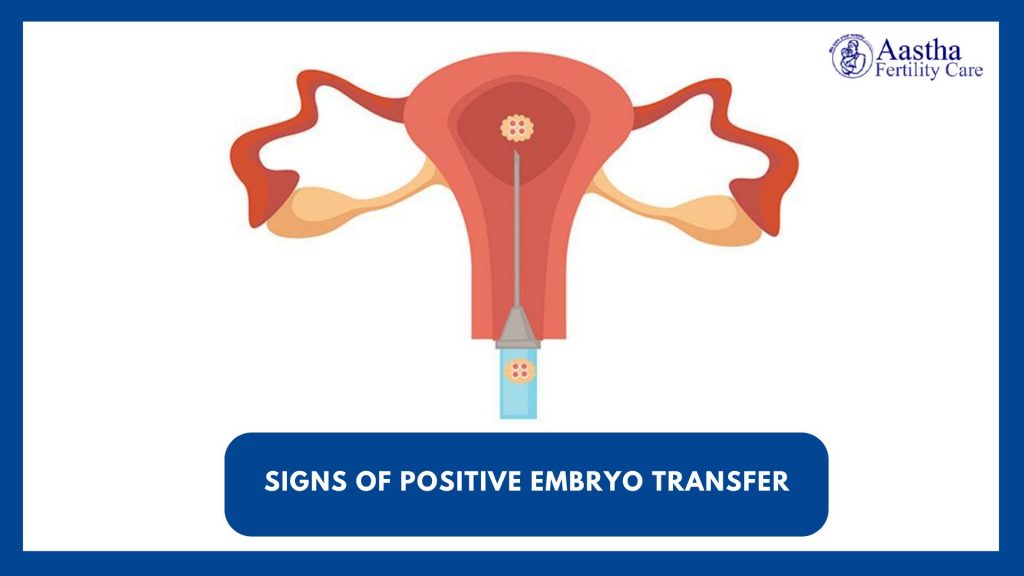
The 2-week wait from an embryo transfer to when you take your pregnancy test can often feel like the longest. You may find yourself constantly checking for signs. If you’re wondering what signs you need to look out for, here are a few:
- Bleeding or Spotting
Light bleeding or spotting is often the first sign of pregnancy. When you wipe, spotting in your underwear or toilet paper is a common sign of implantation.
- Cramping
Mild cramping can signify many things, but it is also a sign that an embryo transfer was successful.
- Sore Breasts
An early sign of pregnancy for some people is sore breasts. So, if you touch your breasts and feel swollen or tender, it could be a sign of positive embryo transfer.
- Other Signs
You may experience tiredness or fatigue, nausea, bloating, changes in discharge, increased need to pee, and missed period.
Is Embryo Transfer Painful?
Many patients always wonder if an embryo transfer is painful- the answer is NO.
The embryo transfer procedure is similar to a pap smear test for women; just as it is in a pap test, no pain, sedation, or drug is required. You lie on your back, with your feet in the stirrups. We use a speculum to dilate your cervix and pass a narrow catheter into your vagina and through your cervix. Your embryos are contained in the catheter and released into your uterus so that they can implant themselves.
Conclusion
In conclusion, the embryo transfer procedure in your IVF treatment is the most critical and final procedure. The proper information can increase the chances of successful embryo transfer.
This is why before embryo transfer, you should ask your doctor about assisted hatching, hormonal supplementation, and other things that can make your entire process smooth and successful.
With Aastha Fertility Specialists, you will get 360-degree assistance during your treatment period, where you can openly clarify all your doubts with our infertility specialists, maintaining complete transparency.
You should also look into blastocyst transfer and consider embryo screening. An embryo transfer is a painless process that allows embryos to be introduced into your uterus for implantation.
FAQs Related To Embryo Transfer
1. Where is the best place to implant an embryo?
The best place to implant an embryo is a uterine cavity.
2. How successful is an embryo transfer?
The success rate of first embryo transfer for women younger than 35 is 55%, but as a woman gets older, the success rate decreases. Although, you can increase your chances with the proper information
3. How long after embryo transfer is implantation?
It takes 2 weeks for successful implantation.
4. What should I avoid after embryo implantation?
You should avoid stress, unhealthy foods, caffeine, alcohol, and smoking.
5. How much bed rest is required after IVF?
24-hour bed rest is recommended after embryo transfer, and a sufficient amount of bed rest is required for your entire IVF period.
6. Is walking OK after IVF treatment?
Yes, only if it is very minimal.
7. Can I do housework after the embryo transfer?
No, you should avoid vigorous activities like housework after embryo transfer.
8. How do you feel 3 days after transfer?
You should feel fine; if you feel discomfort, contact your doctor.
9. What are the negative signs after embryo transfer?
These may include chronic pelvic pain, painless menstruation, and bowel obstruction.
10. What can you not do during the 2-week wait for IVF?
You should be able to perform all your daily activities, just to get enough rest.
11. How do I prepare for my body transfer?
This involves you taking the supplements and whatever your doctor recommends for you.
12. Does embryo glue improve implantation?
Yes, it does.

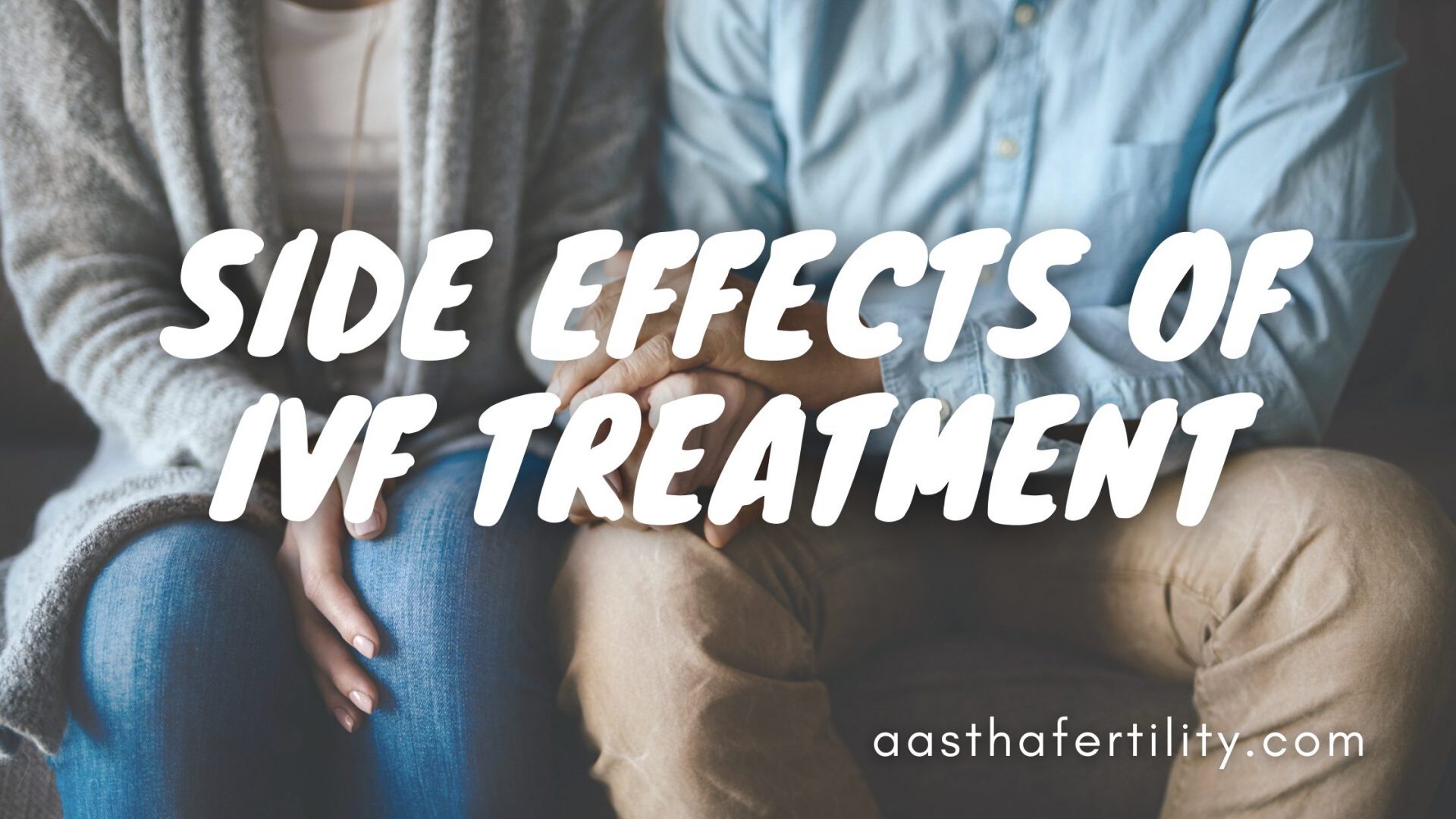
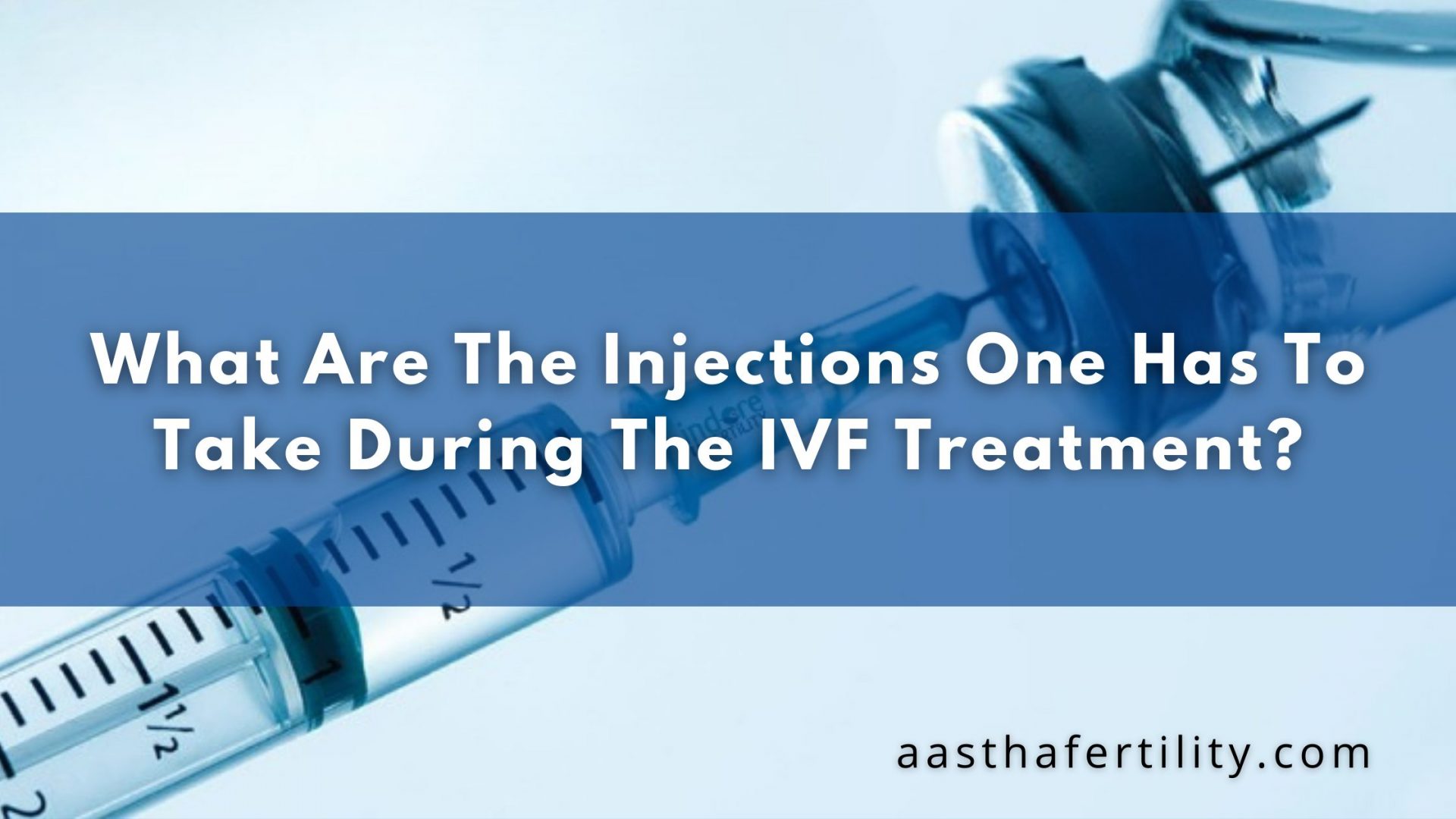


Leave a comment